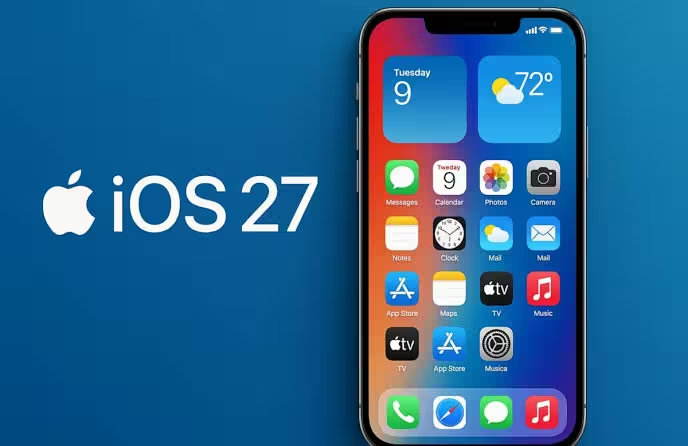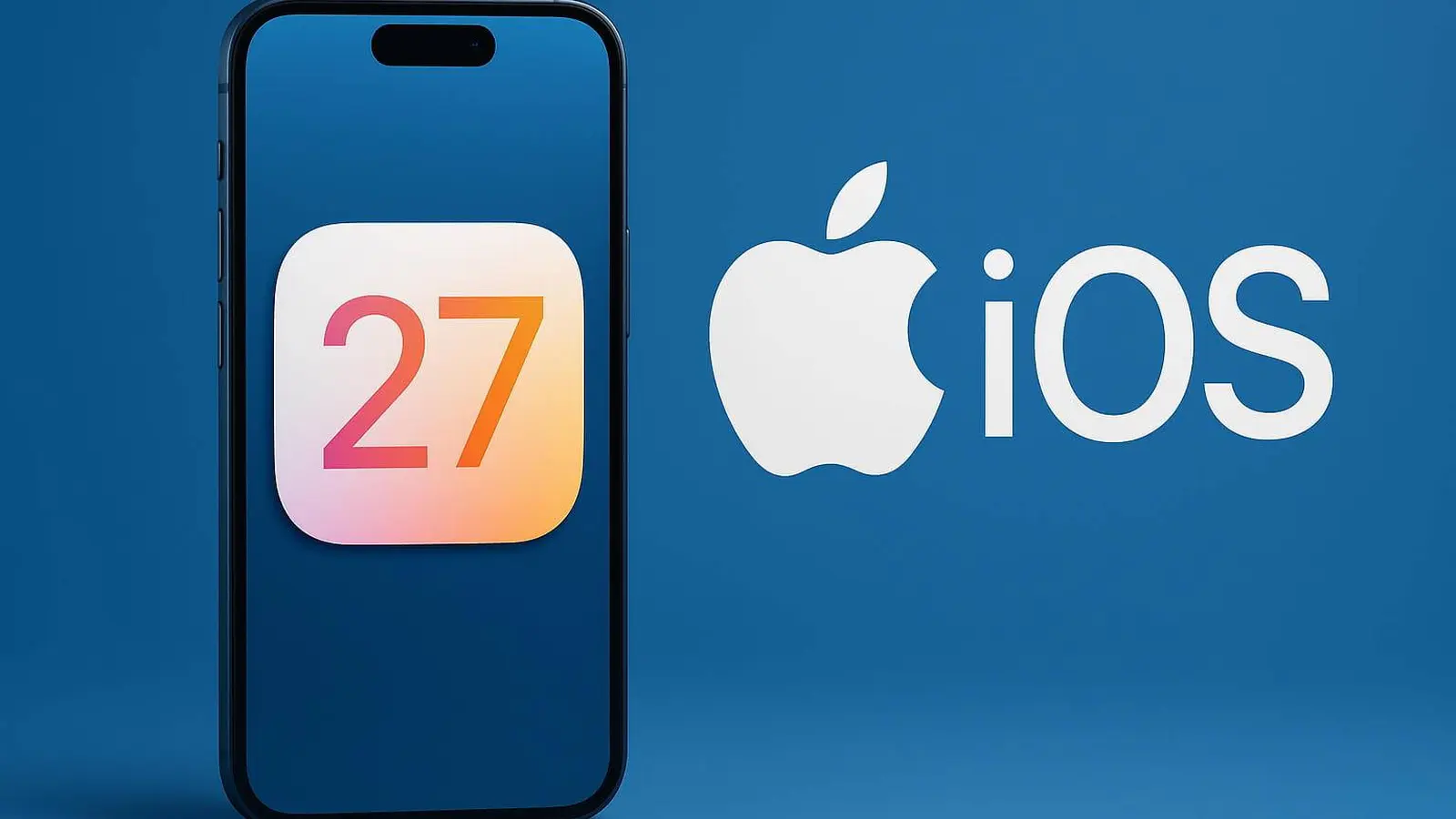3 Minutes
Apple is reportedly shifting gears with iOS 27 — trading flashy new features for a disciplined push on stability, performance and practical AI. After the bold Liquid Glass redesign in iOS 26, the company appears ready to tidy up the user experience and build a sturdier foundation for future hardware.
Back to basics: polishing rather than piling on
According to Bloomberg's Mark Gurman, Apple will emphasize refinements at WWDC26. That means iOS 27, macOS 27 and smaller platforms like watchOS, tvOS and visionOS will favor deep fixes, bug sweeps and code cleanup over headline-grabbing additions. Think of it as a modern Snow Leopard — a release that prioritizes quality and performance instead of a long list of consumer-facing features.
Engineering teams are reportedly auditing code across platforms to remove cruft, close long-standing bugs and improve reliability. The goal: faster, more consistent experiences for everyday tasks and a stronger base for future device innovations.
Small changes today, big upgrades tomorrow
Snow Leopard set the stage for subsequent macOS advances and new hardware. iOS 27 is being positioned the same way for Apple's next-generation devices, including rumored foldable iPhones. By tightening the core OS, Apple hopes to deliver smoother multitasking, better battery behavior and fewer crashes when new form factors arrive.

Where AI fits in
Unlike the 2009 Snow Leopard, Apple doesn't plan to skip AI entirely. iOS 27 is expected to introduce select AI-driven features so Apple can keep pace with competitors. Possible additions include a smart health assistant (potentially tied to an Apple Health+ subscription) and an AI-based web search project. These tools aim to enhance utility rather than distract from the system's stability focus.
Sources suggest these features will follow the revamped Siri that began in iOS 26.4, which is expected to rely on a customized Google Gemini model — architected so user data doesn't leave Apple's controlled pipeline to third-party servers.
Design tweaks and market-focused improvements
iOS 27 is also rumored to subtly refine the Liquid Glass language introduced in iOS 26 rather than overhaul it. Expect usability and visual polish: clearer affordances, fewer edge-case glitches and interface consistency across apps.
Apple reportedly plans targeted improvements for enterprise users and bespoke features for emerging markets — moves that reflect a pragmatic, user-first strategy rather than a one-size-fits-all feature dump.
Why this matters for users
For most people, a quieter update can be more valuable than a flashy one. Faster app launches, fewer freezes, and improved battery life are the kinds of upgrades users notice every day. And for developers and hardware teams, a leaner OS codebase reduces complexity when building for new device formats.
In short, iOS 27 looks set to be less about showmanship and more about real-world quality. If Apple follows through, the release could quietly reshape expectations: sometimes the most meaningful updates are the ones you barely notice — until everything simply works better.


Leave a Comment